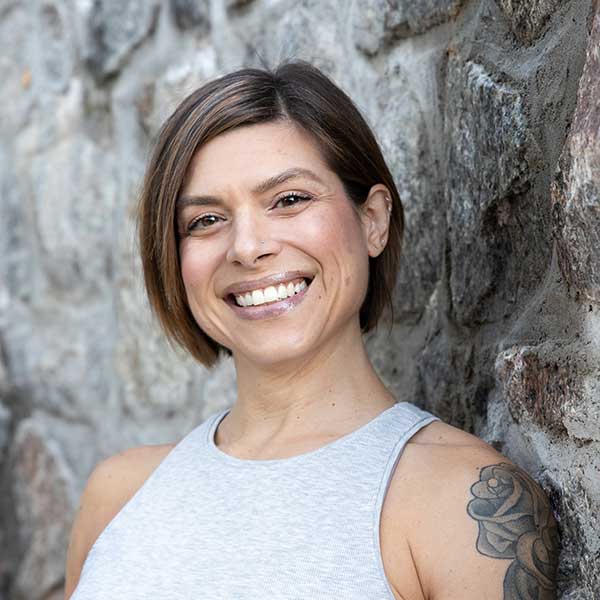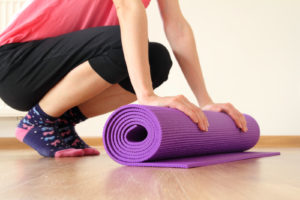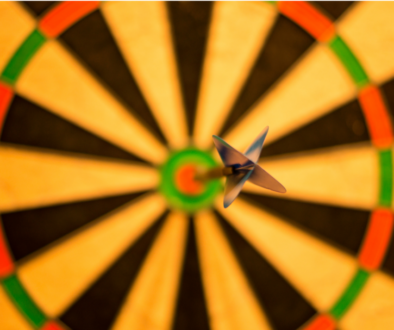Live Your Yoga Off the Mat Part 1 Ahimsa
Our yoga practice doesn’t have to end when we roll up our yoga mat at the end of class. We can live our yoga all day long and we don’t have to give up all of our possessions and live in a cave to do it.
We can take our yoga off the mat with the Yamas and Niyamas, the first two limbs of Patanjali’s eight limbs of Ashtanga Yoga. These are the ten ethical guidelines of yoga. The Yamas, the “don’ts,” tell us what behaviors to avoid, and the Niyamas, the “do’s,” tell us what qualities to cultivate.
In this ten-part series, I’ll explain what each of the Yamas and Niyamas means to me and how these guidelines help me to live my yoga off the mat.
If one can perfect the practice of ahimsa,
one need learn no other practice of yoga,
for all other practices are subsumed in it.
Ahimsa, non-harming, is the first and most important guideline. We can practice ahimsa in our thoughts, words, and actions toward ourselves, others, all living beings, the environment, and all objects. Ahimsa is not passivity or inaction. Allowing people to hurt us or standing idly by while witnessing others do harm is not ahimsa. Ahimsa requires us to stop violence and protect when we can.
How I practice ahimsa in my personal and professional life:
My diet is vegan, and mostly organic, sustainable, and fair trade. I choose to eat this way because it’s healthier for me and it’s better for the environment and the workers involved in the process. I opt for faux leather accessories and furniture. I look for ‘cruelty free’ on the label of all my skin and hair care products. To do my part to help protect the planet, I traded my S.U.V. for a smaller, more fuel efficient vehicle, I recycle, and I use a refillable water bottle.
As a personal trainer and yoga instructor, I take very seriously the safety of my clients and students. My clients know technique is our number one priority. We don’t progress a movement or increase weight if form is less than perfect. In my yoga classes, I give very few hands-on adjustments. When I do touch a student, it’s usually to give a tactile cue, and never to force them into a pose. I am continually educating myself and practicing what I preach. Anything I’ve recommended to students or clients, I’ve tried myself. If I find a better way of doing something, I change what I’m doing and I explain the reasons why.
I practice ahimsa in my words by sharing only positive, supportive, and inspirational posts on FaceBook and Instagram. I’m working on practicing ahimsa in my thoughts by noticing and replacing negative self-talk and judgements. When I catch myself becoming overly critical of myself or others, I remind myself that we are all just doing the best we can.
Up next in part two: Satya, truthfulness.
Alicia Cross is a Certified Personal Trainer, Wellness Coach, and Yoga Instructor with more than 15 years’ experience working with clients in classes and one-on-one. She is a yogi, meditator, vegan, and lifter of heavy things. If you’re ready to discover the strength and peace that comes from within, email Alicia@AliciaCrossTraining.com.




